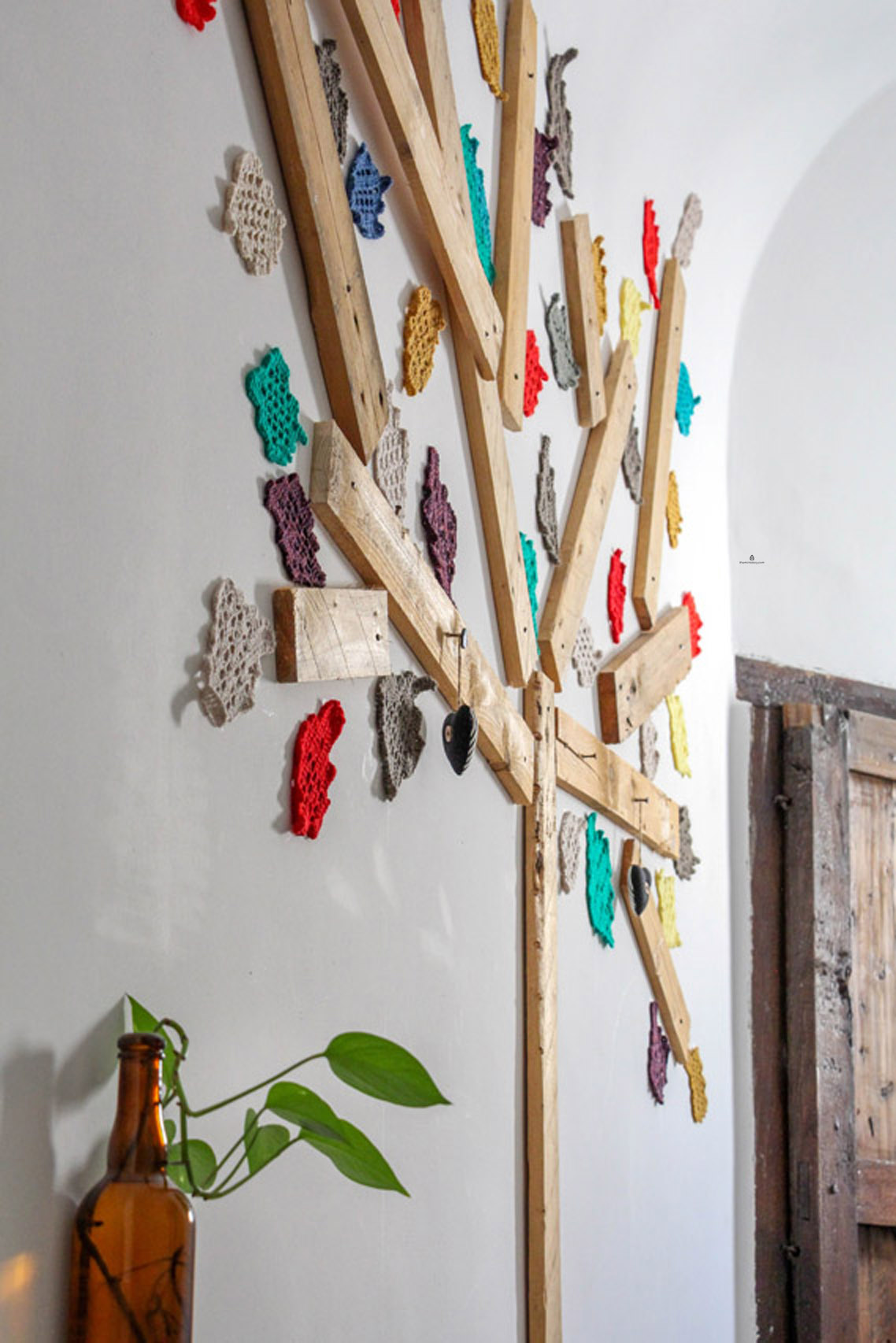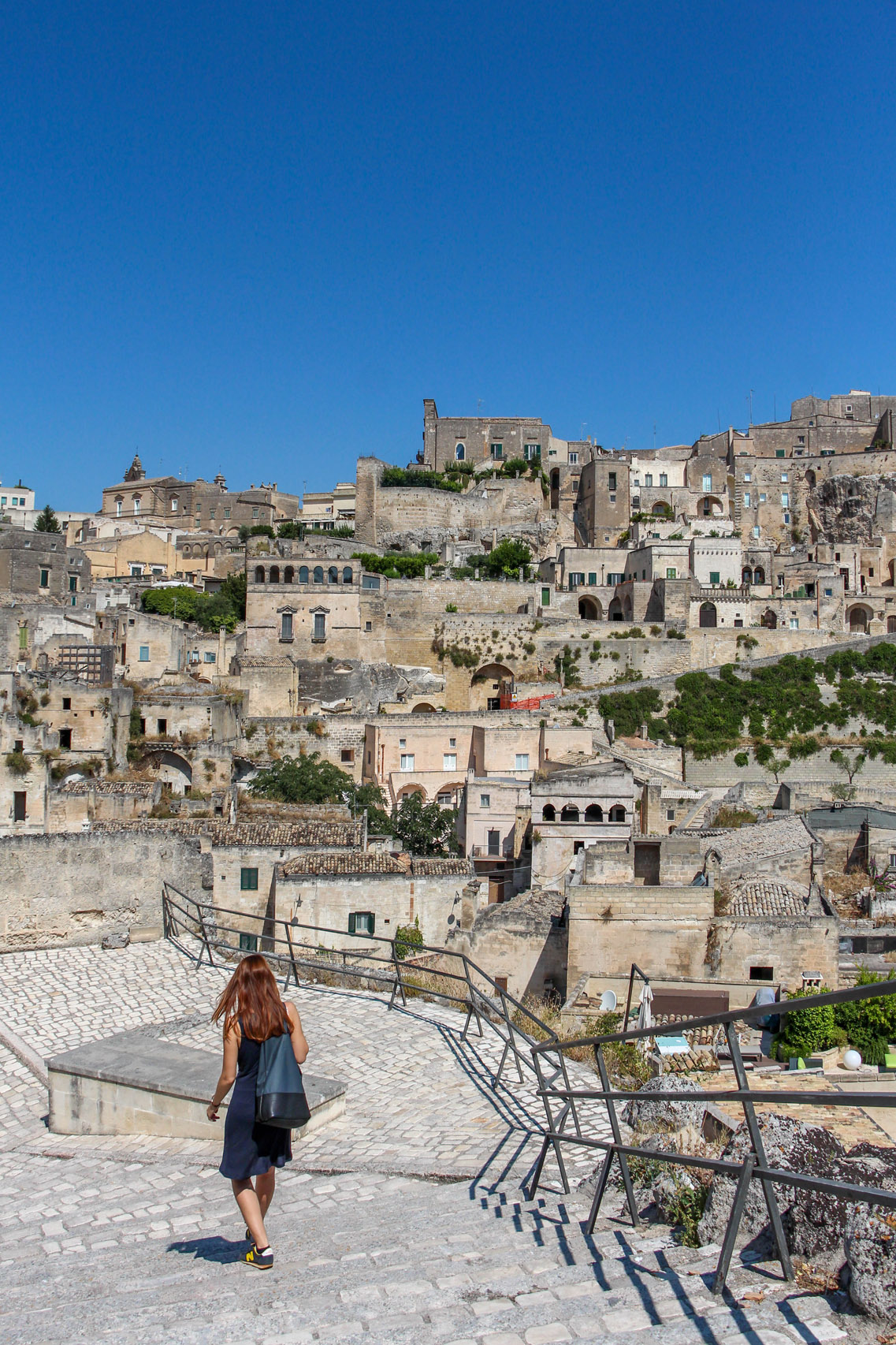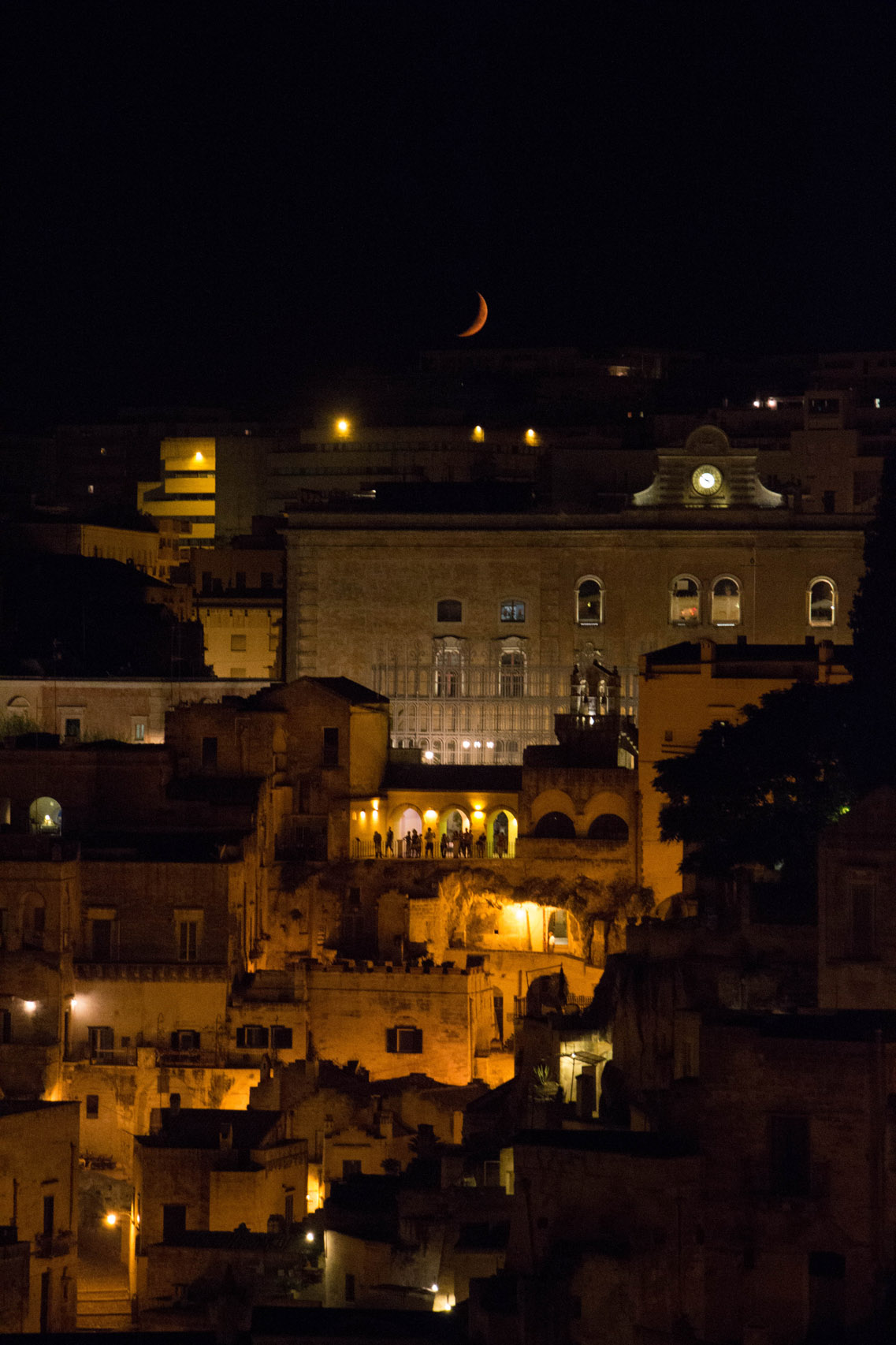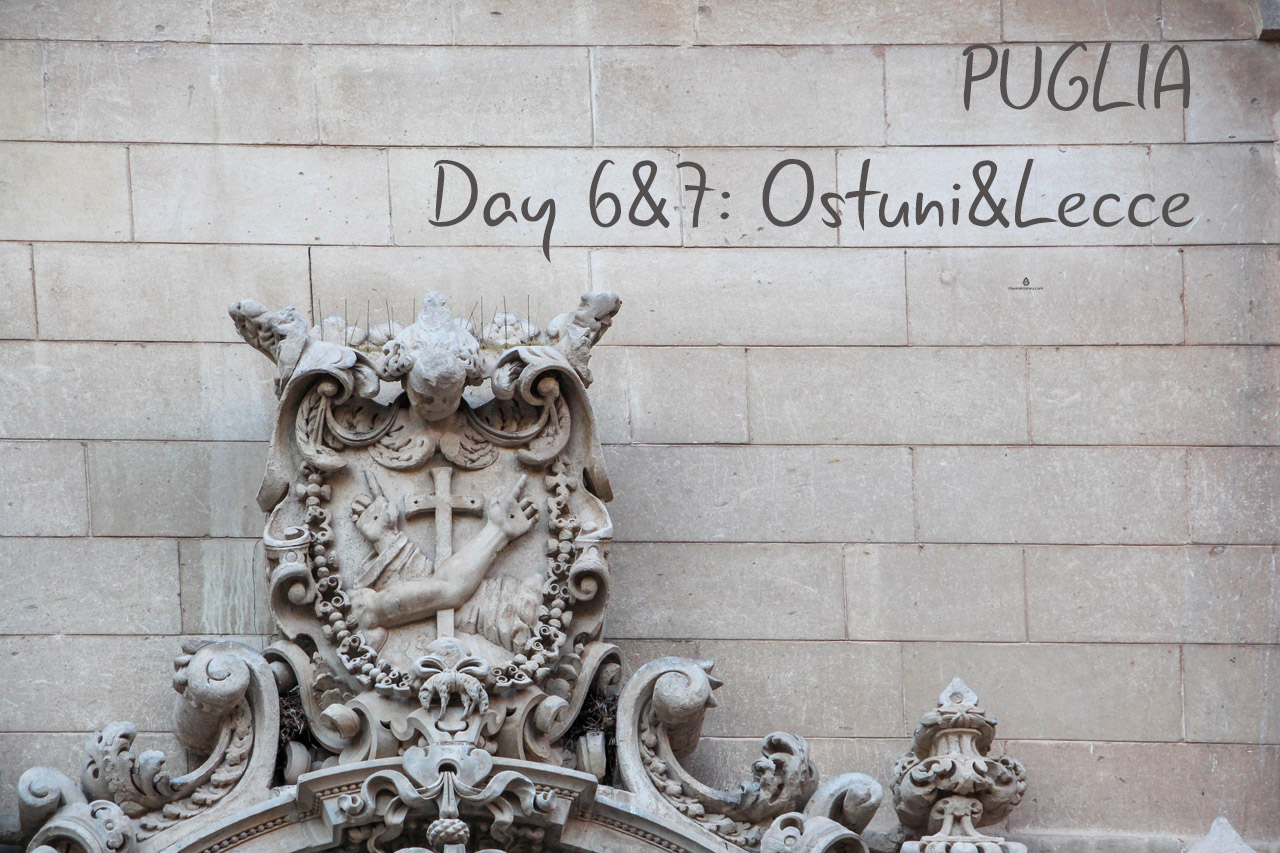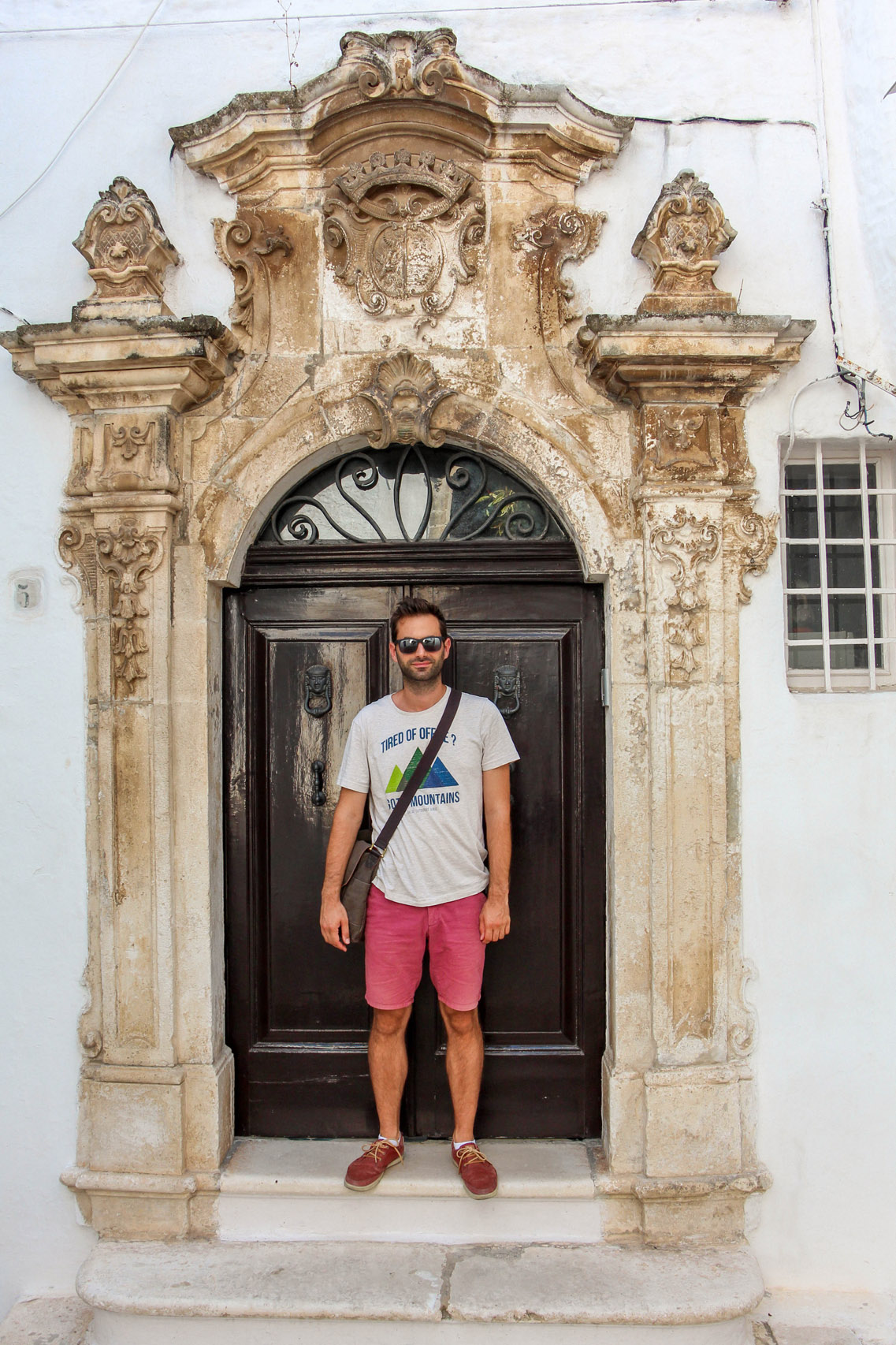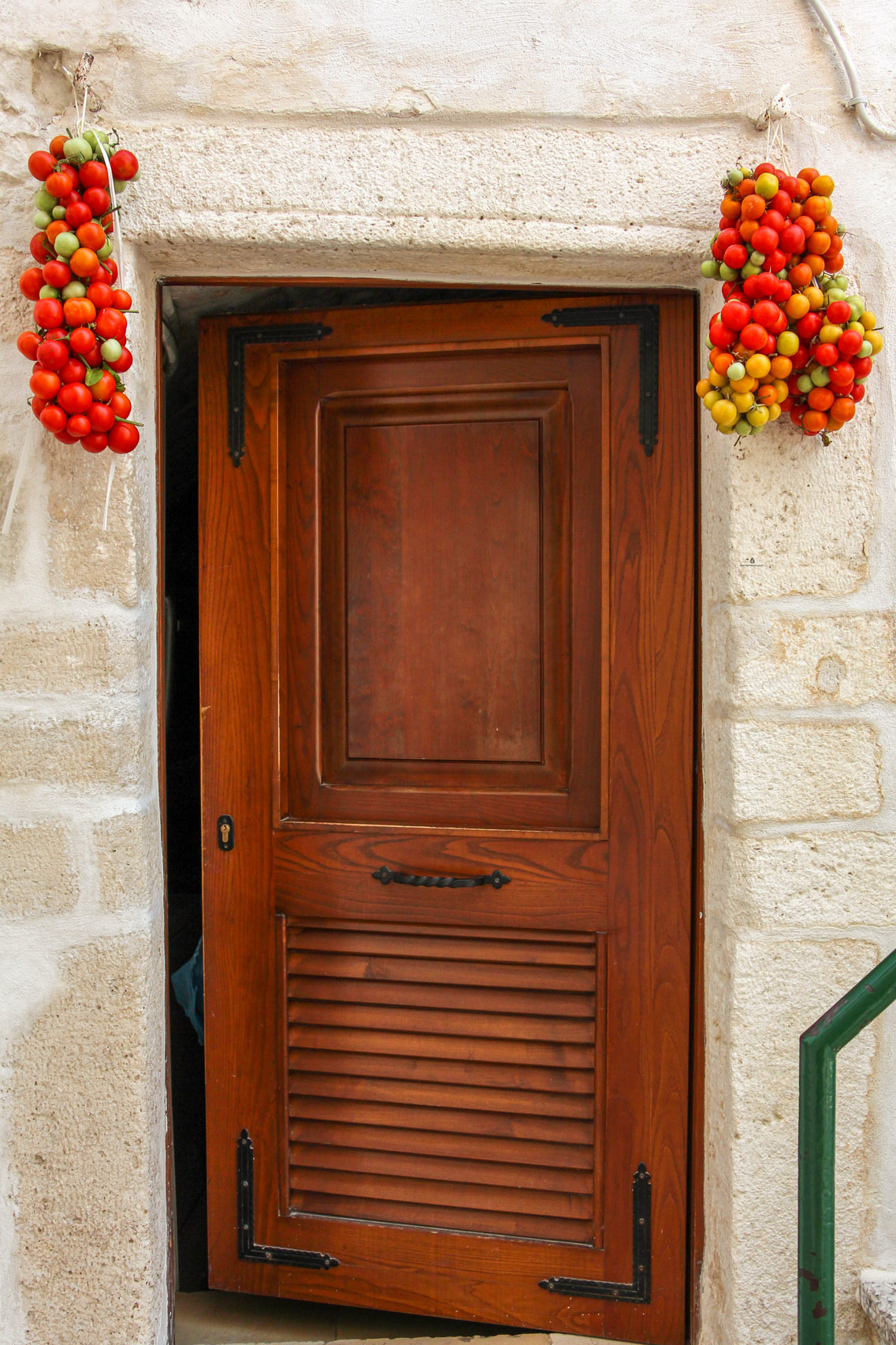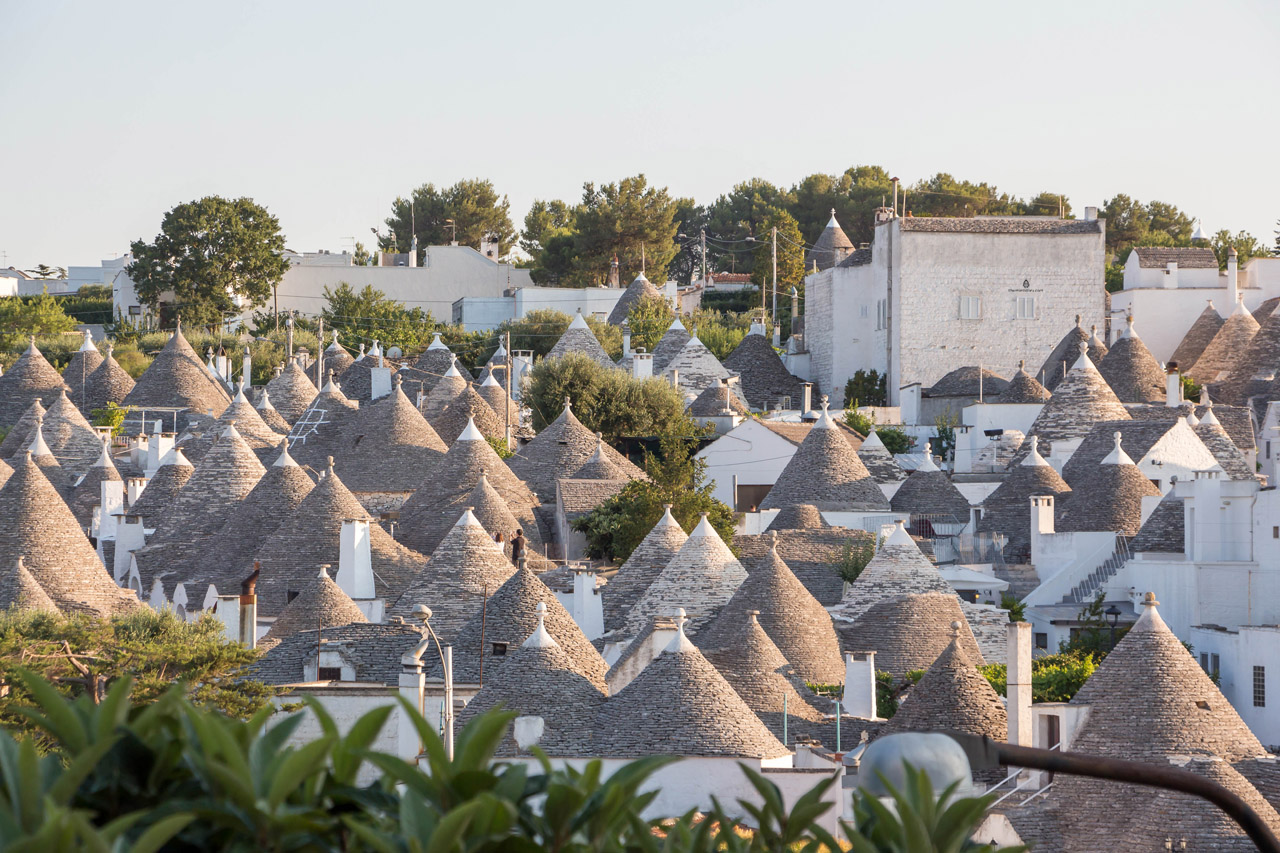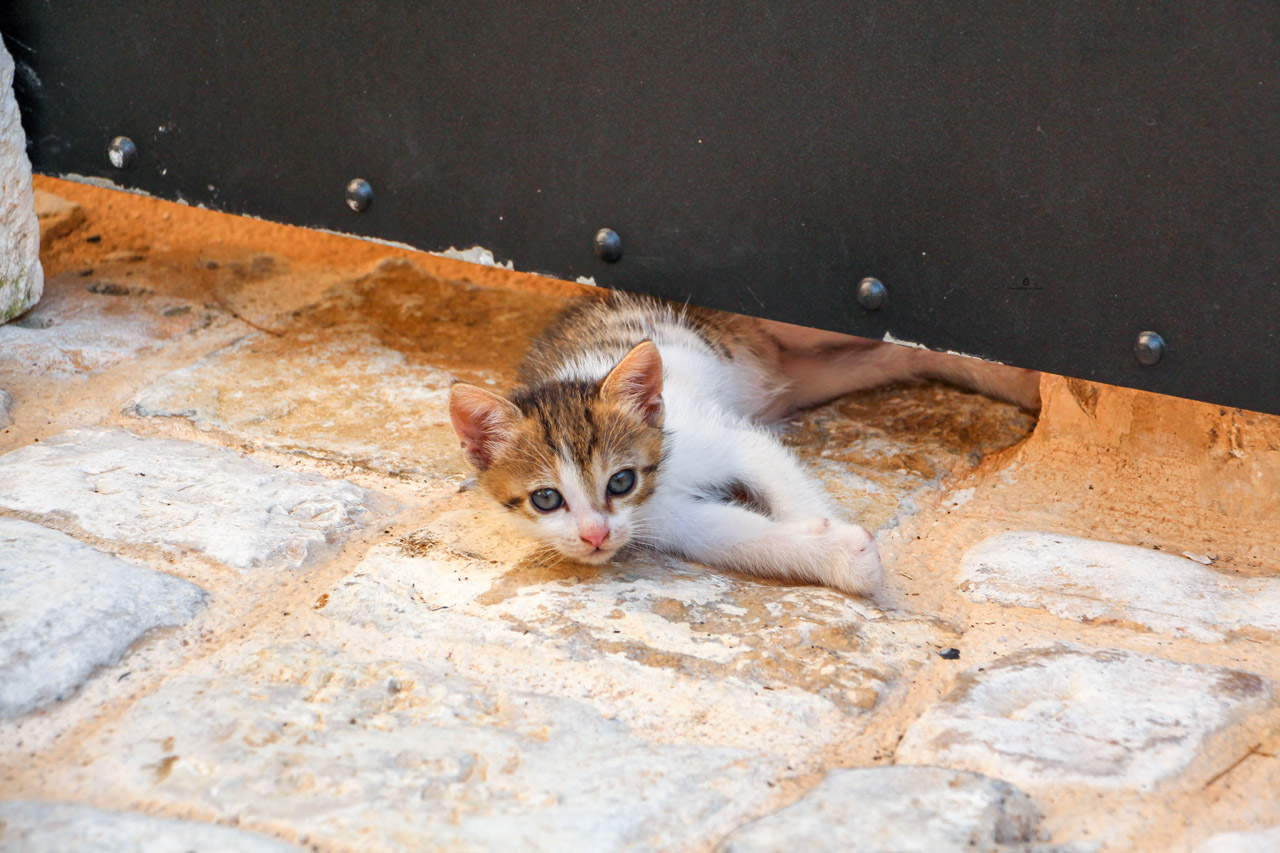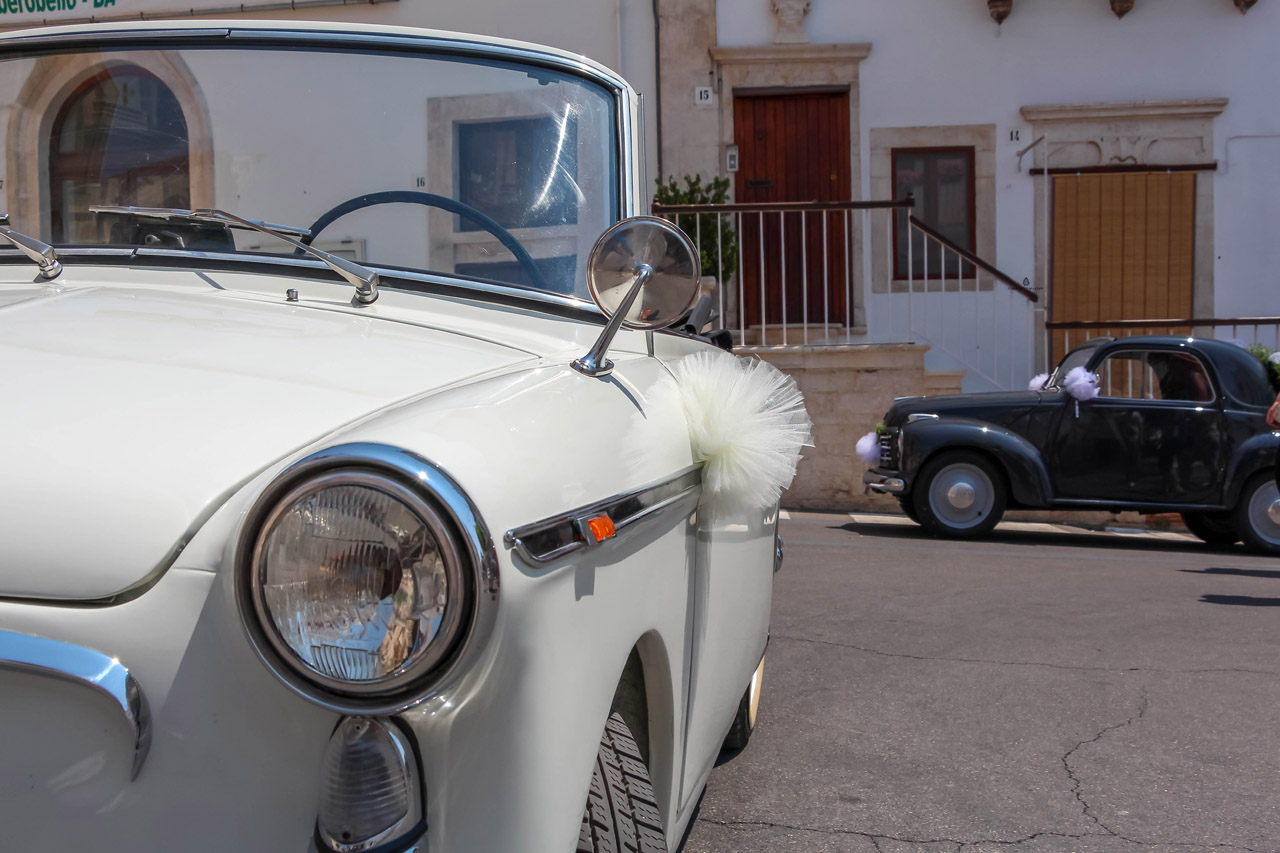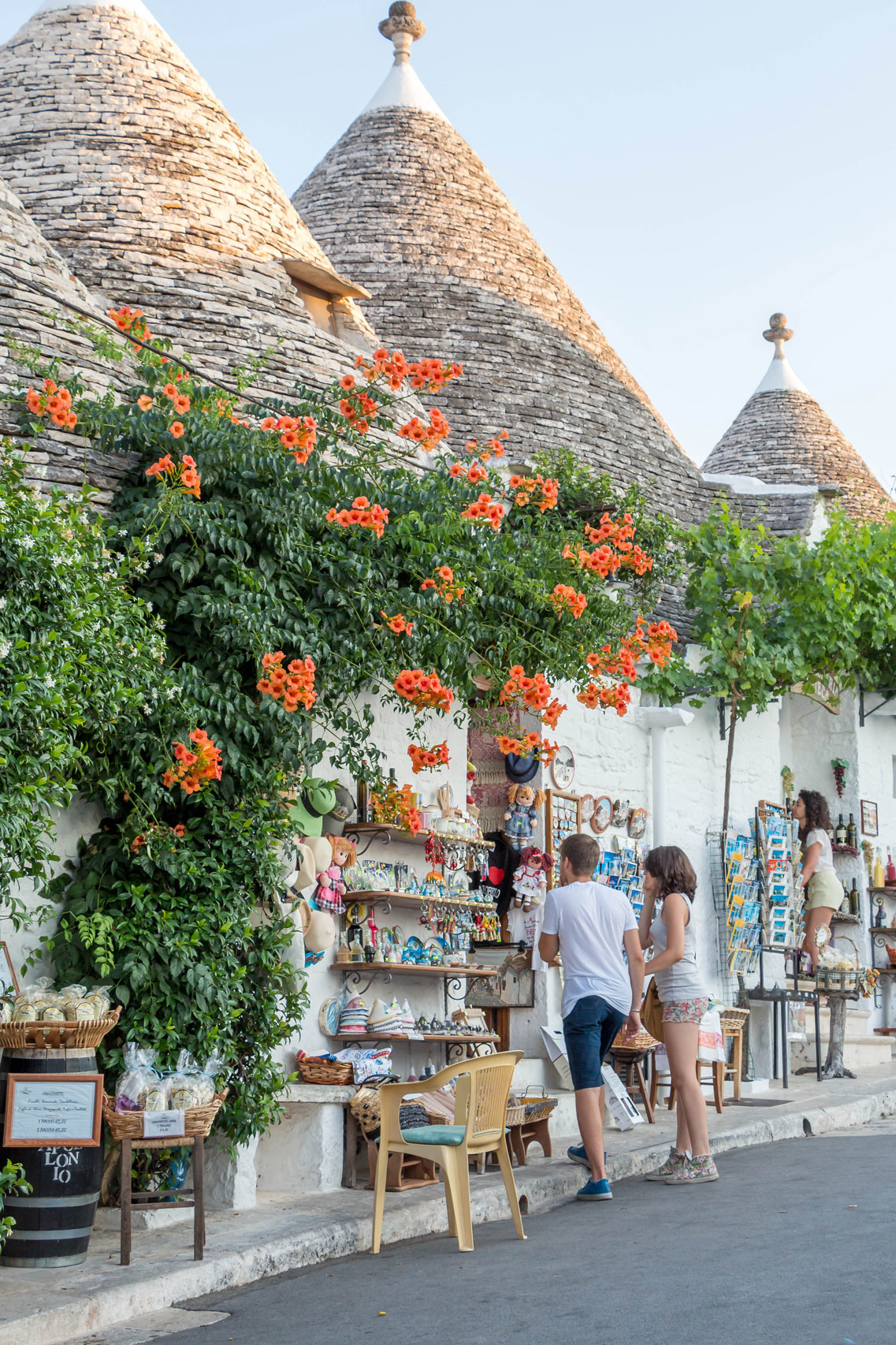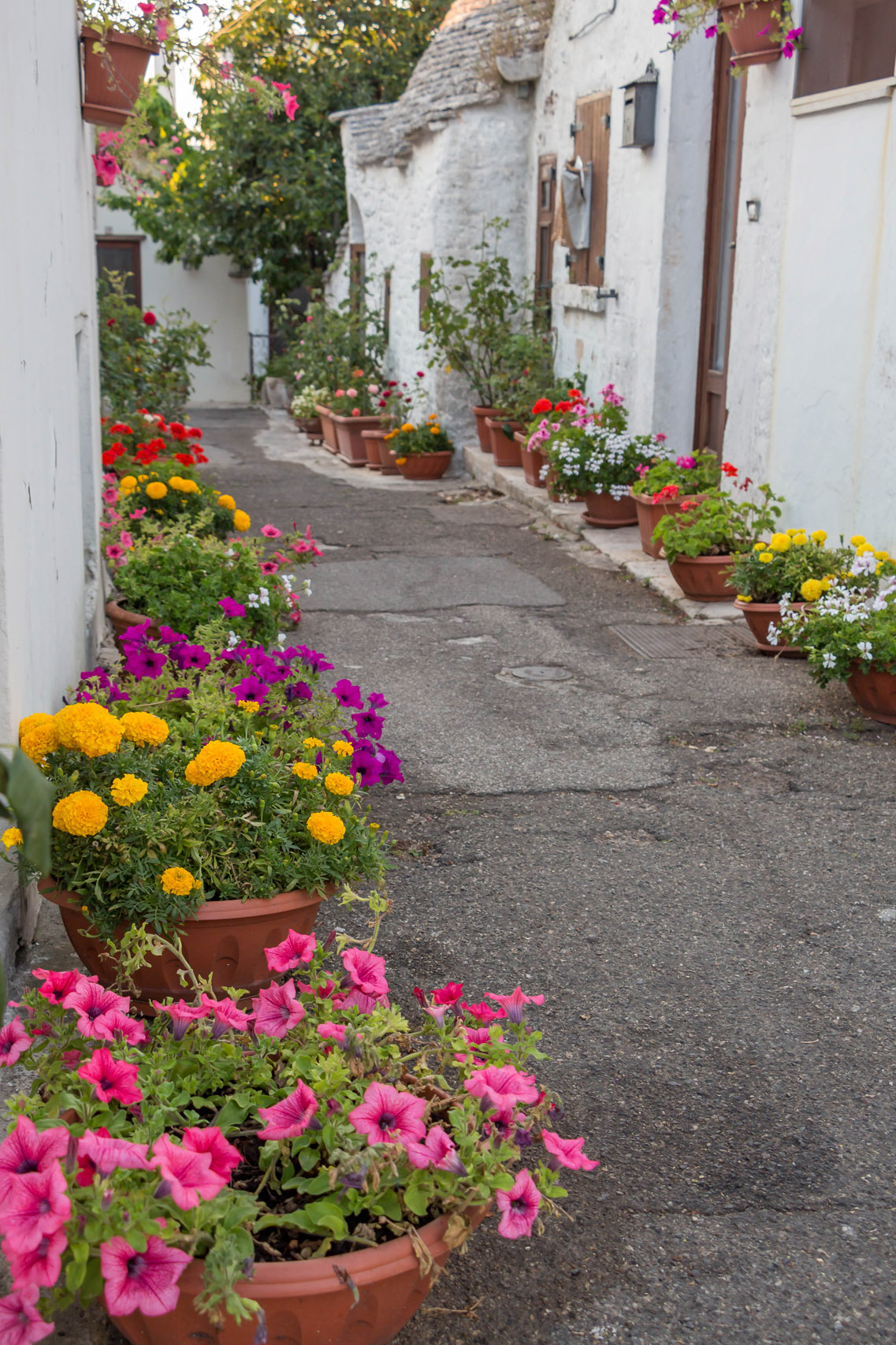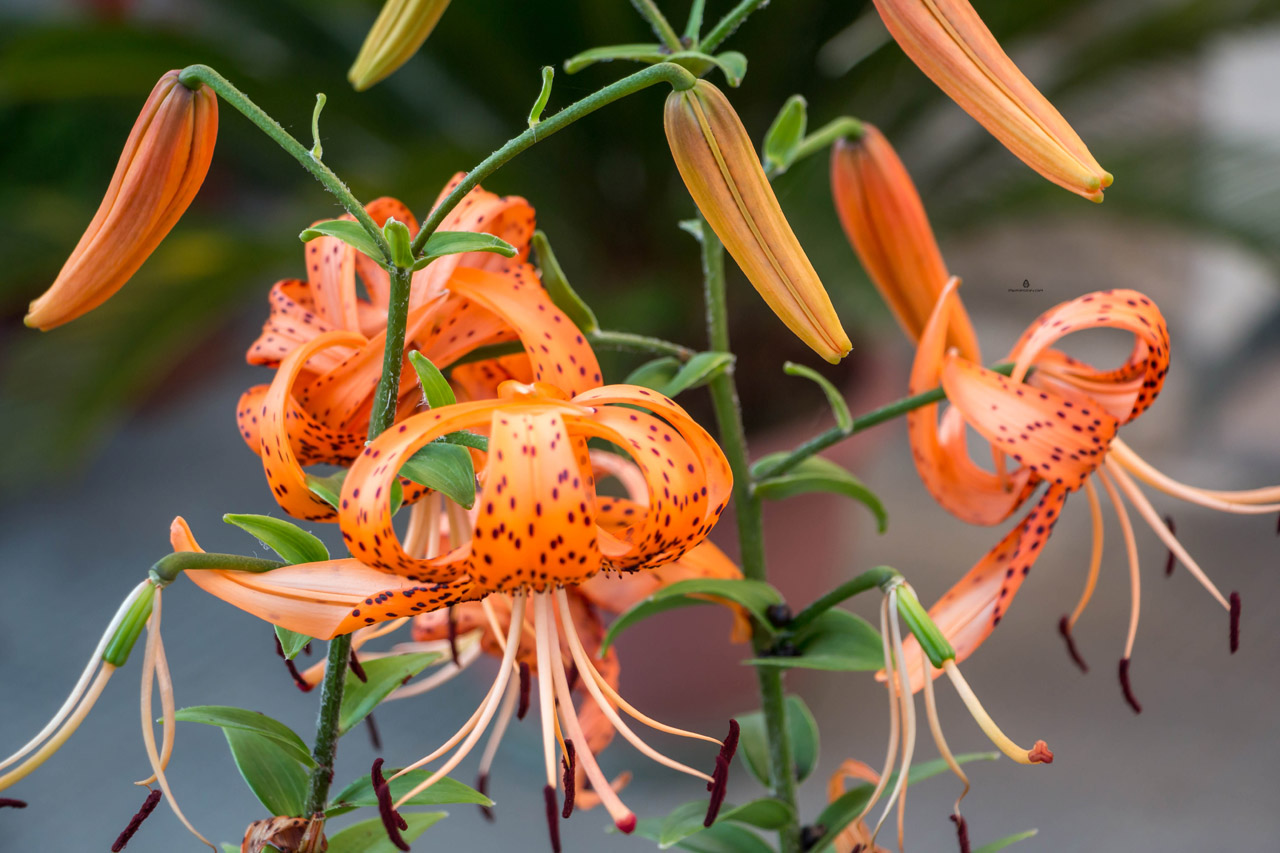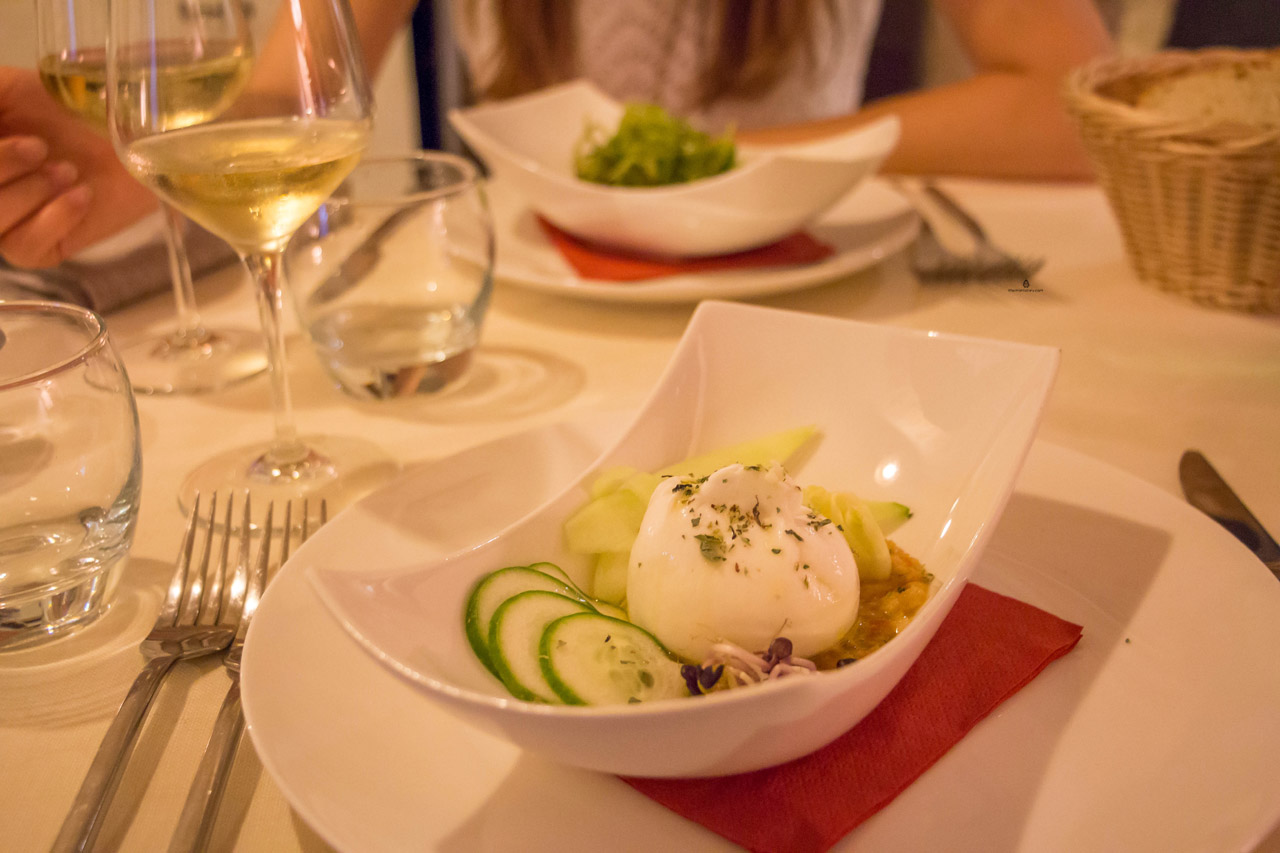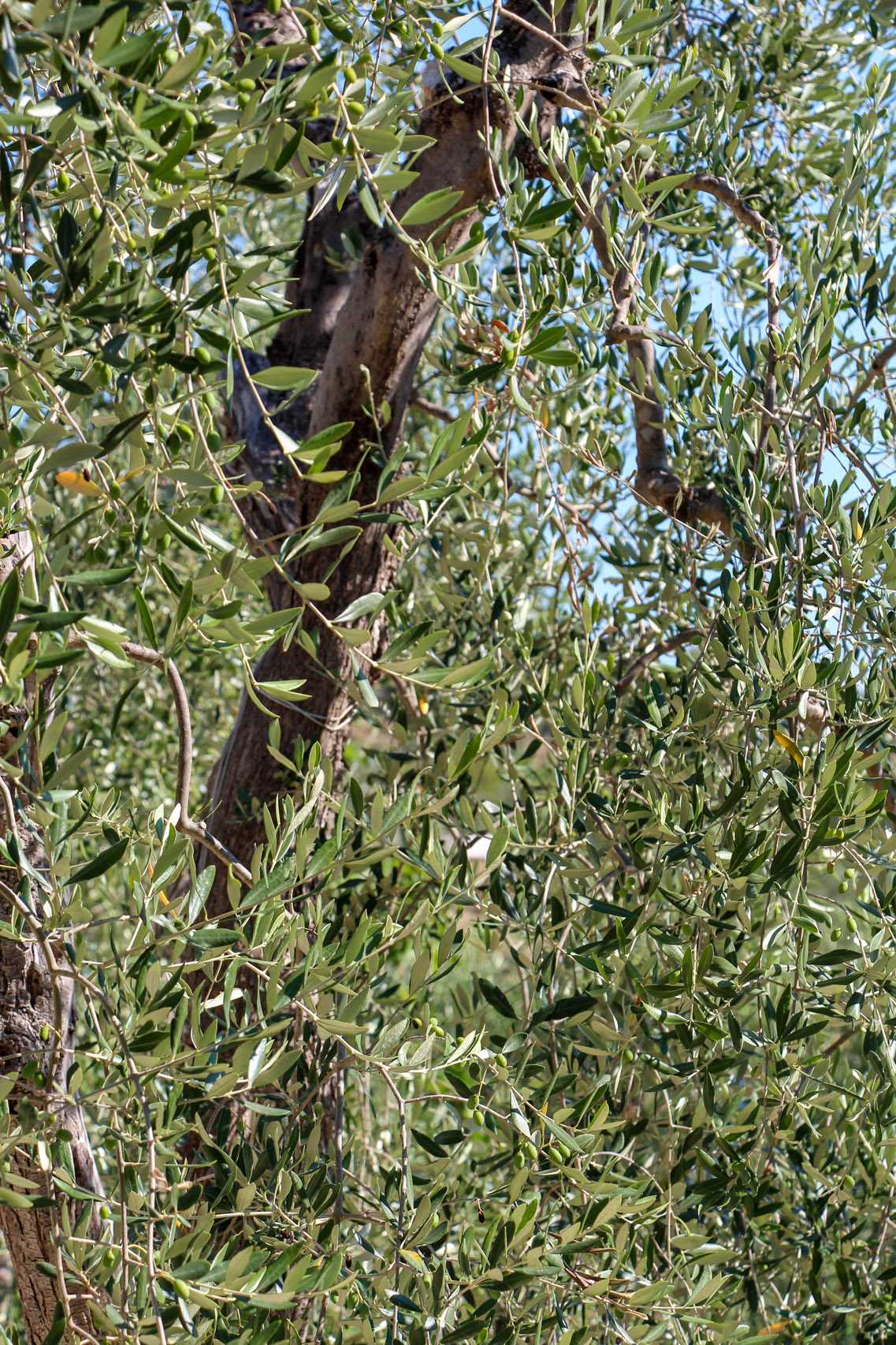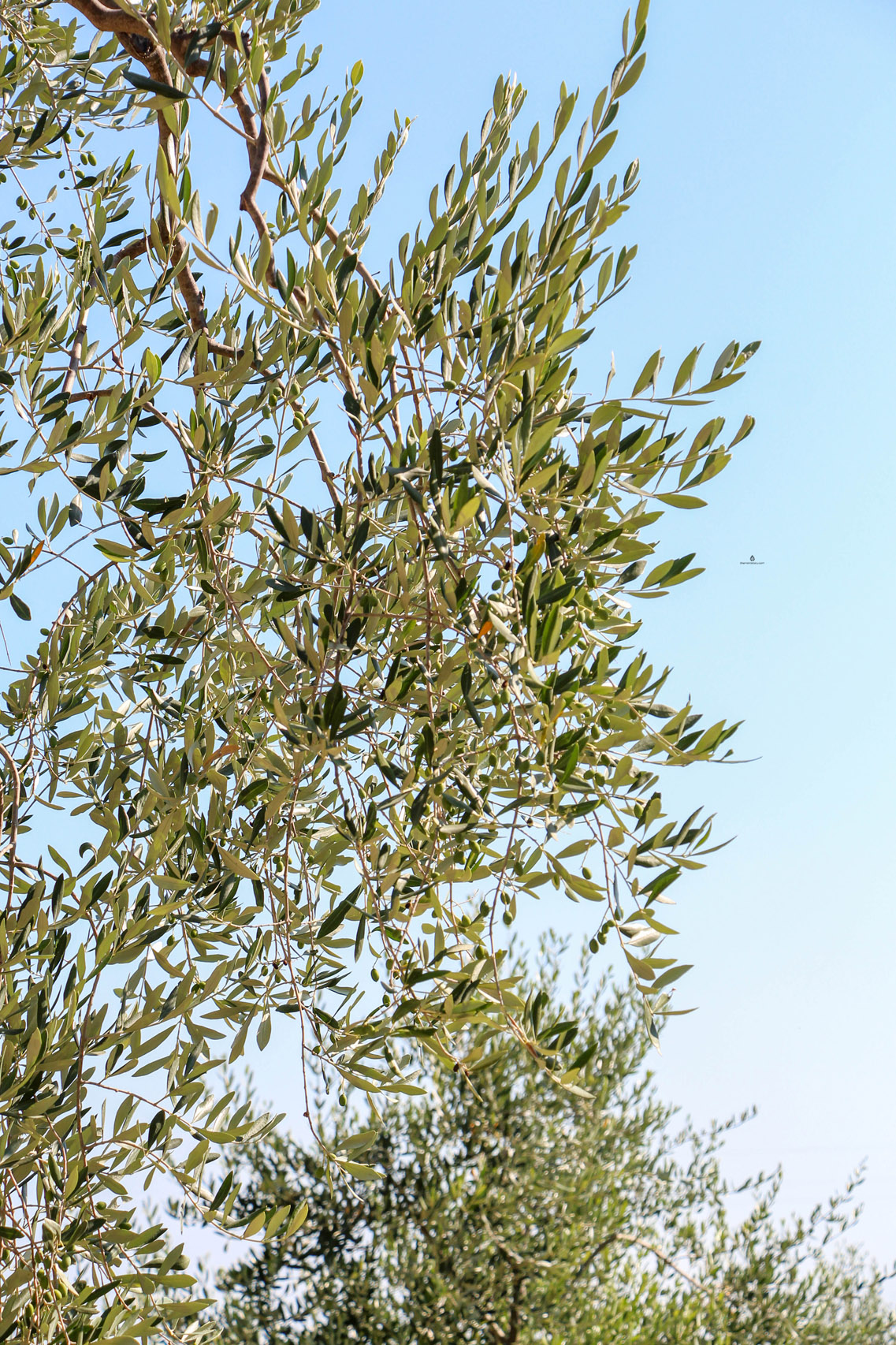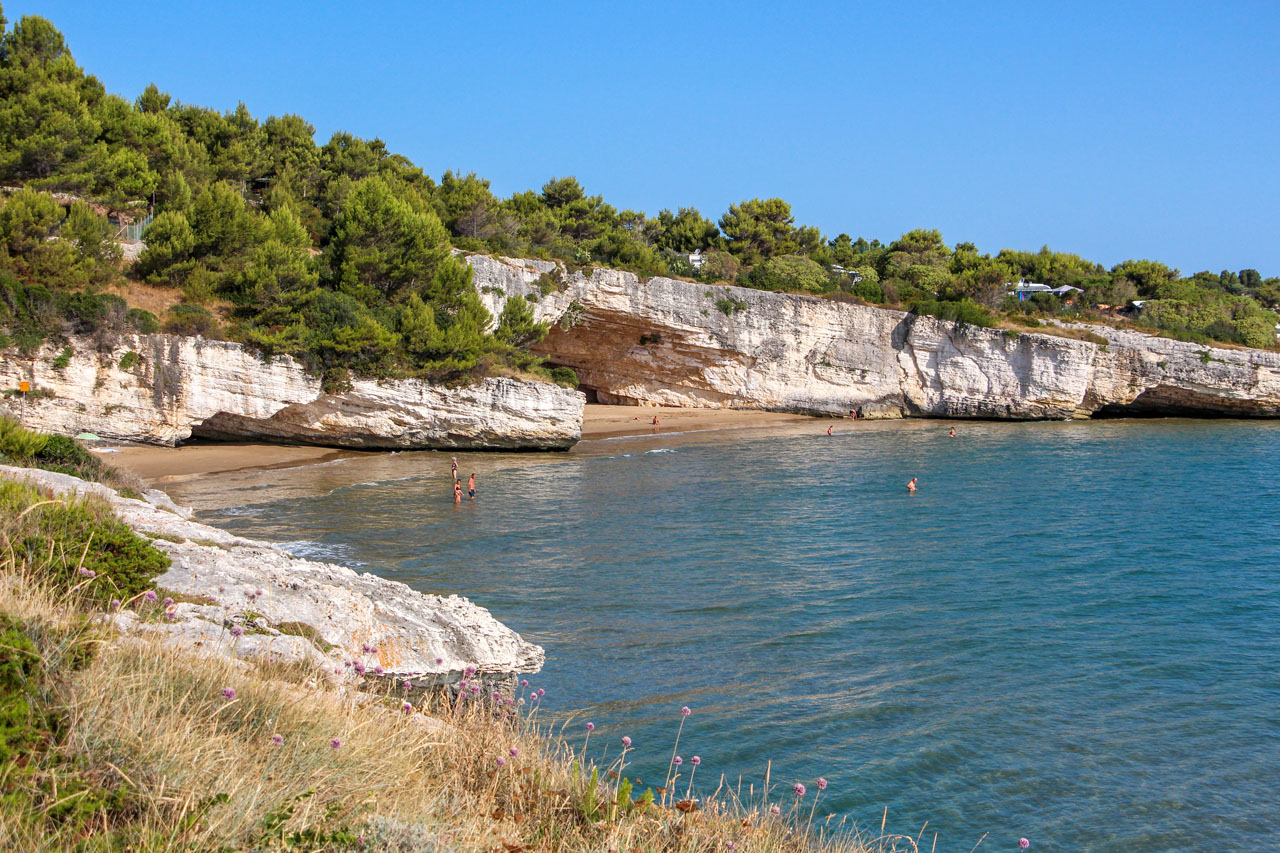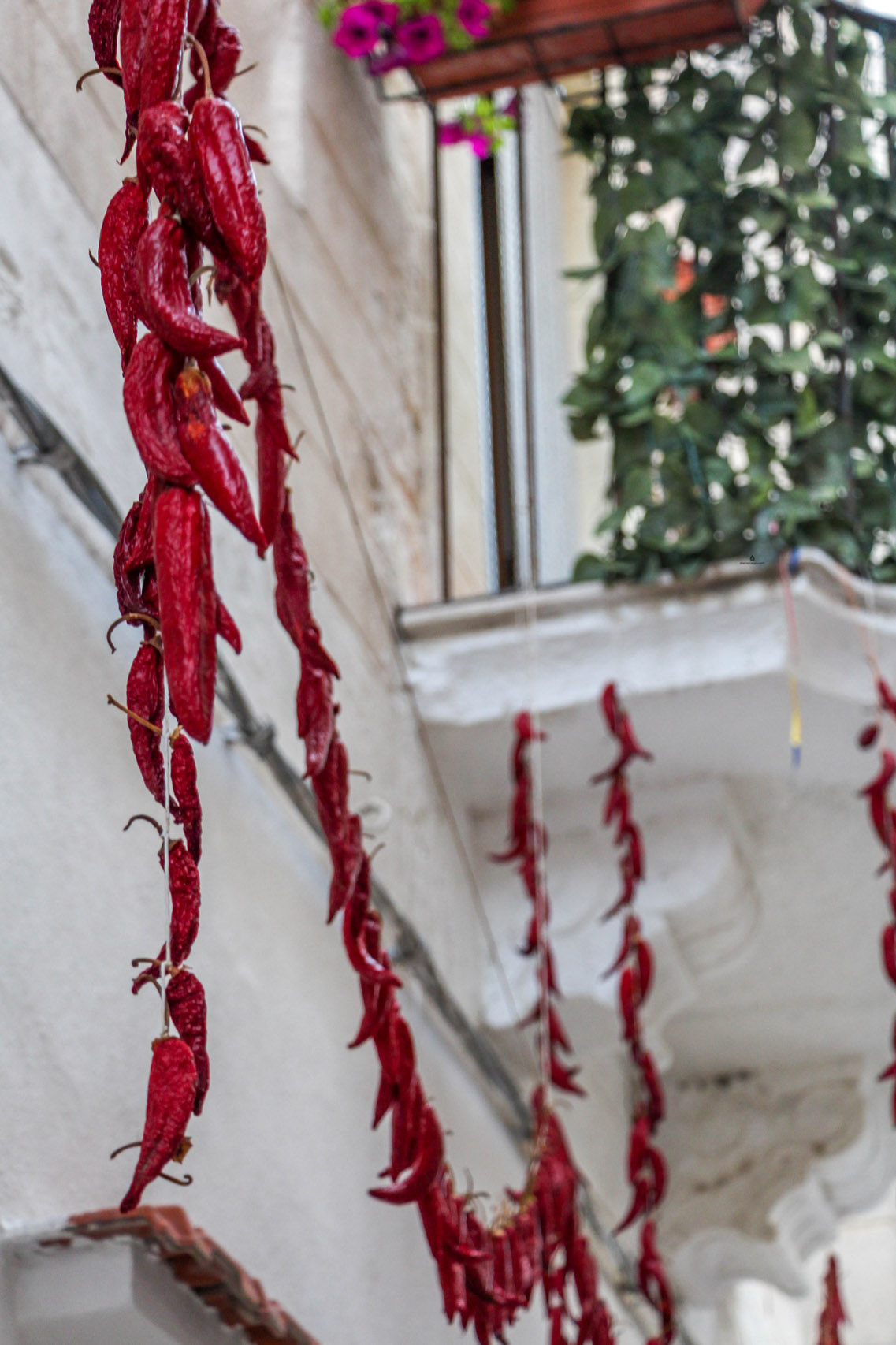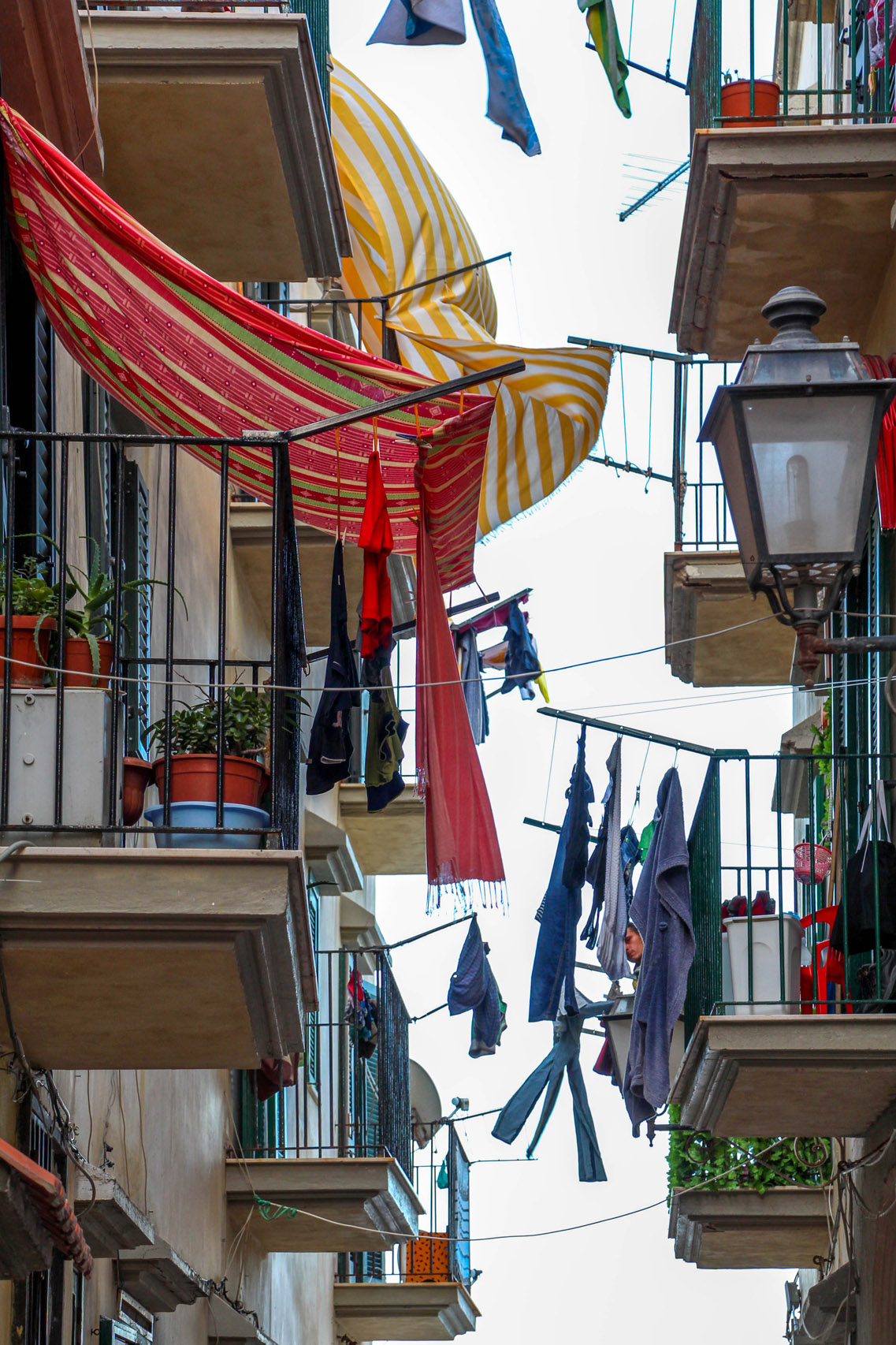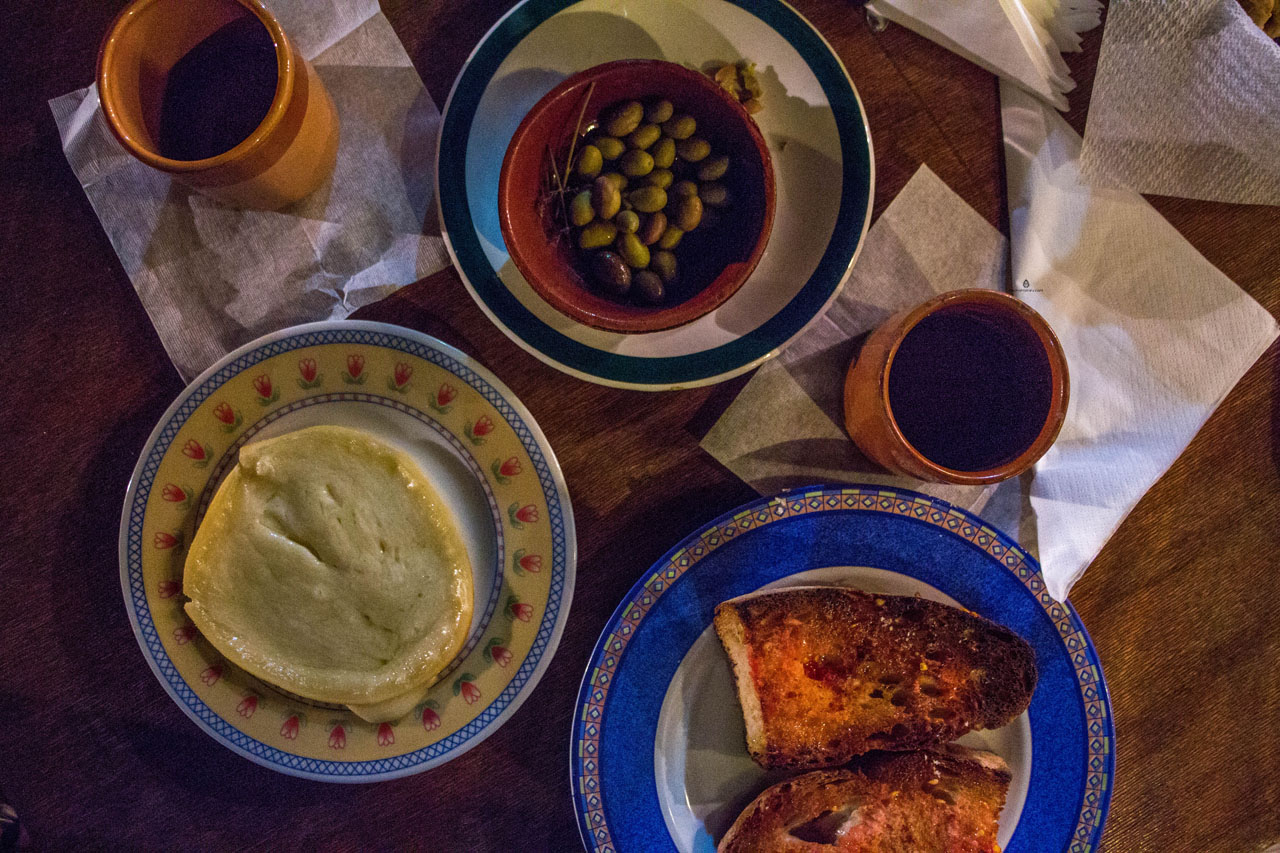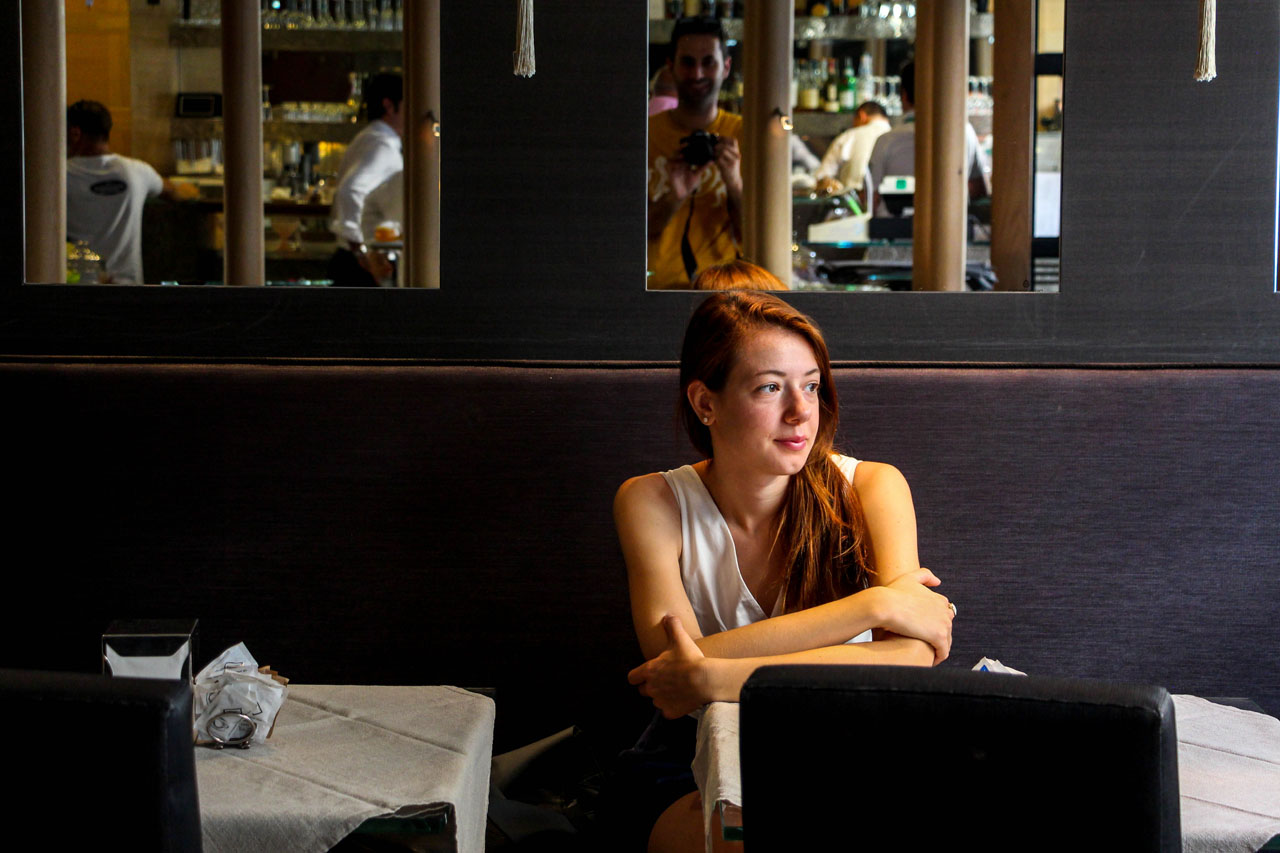As much as excited I was to tell the story about Matera on my blog, I kept postponing it for too long now. It's because I wanted to tell it right, because Matera deserves it. It came a long way from the oldest troglodyte settlement in Mediterranean region inhabitated already in Palaeolithic, prosperous capital of the Basilicata region in 17th century, la vergogna nazionale (the shame of the country) in the 1950's, when the poverty and malaria struck inhabitants were relocated to new government housing, to vivid, chic, unique and simply beautiful town which it is today, and is going to be Italian host for European capital of culture in 2019.
I've first heard about Matera in the BBC series Italy unpacked, presented by Italian chef Giorgio Locatelli and British art historian Andrew Graham-Dixon. It's one of my favourite documentaries, as both of them are such enthusiasts, and they really pull you into their art and culinary journey through the "less traveled" corners of Italy.
The story of Matera and its inhabitants is deeply moving- once the prosperous capital of the region, by the end of the 19th century it fell into unimaginable poverty. In the 1930s, Italian artist, doctor and politician Carlo Levi was exiled to the south of Italy, because of his opposition to the Fascist regime. Years later, he wrote a memoir called Cristo si e fermato a Eboli, about his time spent there, and it is one of the most beautiful books I've ever read.
Levi writes down his sister's impressions after visiting Matera:
"What a place that is! From the glimpse I had of Gagliano just now I'd say it wasn't so bad; it couldn't be worse than Matera, any how. ...Matera...Well it was beyond anything I could possibly have imagined. ...The narrow path wound its way down and around, passing over the roofs of the houses, if houses they could be called. They were caves, dug into the hardened clay walls of the gully... In these dark holes with walls cut out of the earth I saw a few pieces of miserable furniture, beds, and some ragged clothes hanging up to dry. On the floor lays dog, sheep, goats, and pigs. Most families have just one cave to live in and there they sleep all together; men, women, children, and animals. This is how twenty thousand people live. ...I have never in all my life seen such a picture of poverty."
People were struck by malaria and hunger, and in the 1950s, the infant mortality rate rose up to 50 %. After the war, Carlo Levi made an initiative to help people living in this region. That led to the social housing plan organized by the government, and the population of Matera was soon relocated to their new homes on a plateau near the city. Matera became the city of ghosts, till the 1980's, when the artists and the younger generation started to move back and renovating the caves. In 1993, the old city of Matera became the UNESCO World Heriage site.
Nowadays Matera is one of the most beautiful and peculiar places a traveller could find. The town was built around a gully, in form of the arena, with cave houses, called sassi (which means "the rocks") rising one atop of another. Stone-paved streets circle down and up between the houses, many of them renovated into lovely accommodations, restaurants, bars, stores. Walk the streets of Matera, and the breathtaking views will keep opening up in front of you; the theatrical shape of the city provides for amazing view from almost every point of the city. In the night, flickering lights make the atmosphere magical.
We had the luck to stay with an amazing host, Eliana, in her eco-friendly b&b in one of the caves of Matera. She is a real enthusiast regarding her city and she provided so many plentiful information. If it wasn't for her, we wouldn't have seen many of Matera's amazing sites and places to be. At Eliana's place, we met the nicest New Zealanders, Alex&Alicia, with whom we shared some great breakfast talks, few bottles of wine in Eliana's patio and explored the city a bit. Also, their bathroom in the b&b was partly a cave, and Eliana showed us the actual cave in the back, which she started to renovate, and has a plan to convert it into an interesting meeting place where concerts or workshops could be held! Below are two photos with some charming details at Eliana's place!
We visited together the Casa Noha in Matera, where we learned about the city's unfortunate past. The story and the videos shared there leave no one indiferent. We also visited the MUSMA, the biggest Italian museum of contemporary sculpture, which is situated in the most extravagant setting I've been to- it consist of 7 long caves which spread like fingers deep into the rock. It was about 40 degrees Celsius on the street these days, and in the back of the caves it was 15!
Following the steps of Giorgio and Andrew from the BBC series, we visited some of the fantastic cave churches in the city, but the most extraordinary experience was seeing the Cripta del pecatto originale (Crypt of original sin) in person. This cave church is located a few kilometers outside of the city. It was discovered to the modern world in 1963 by the group of enthusiasts from Matera, and is considered today to be the "Sistine Chapel" of Rupestrian art. Here too, the main iconographical motif is the Original Sin, but the frescoes here date back to 8th or 9th century. The unknown artist called "Painter of the flowers of Matera" (because the walls are covered with beautiful red flowers typical of this region) painted this delicate, refined piece of art in the cave in middle of the fields! Everything about this experience was incredible, from the moment we started arranging the visit! We had to call to book our visit- we were instructed to meet with our guide on a gas station outside of the city. There were a couple of other visitors too, and we were all aproaching each other with the question: "Are you here for the crypt?" When the guide came, we had to follow him by car through country roads, and when we came to the spot, he unlocked the doors and let us in. We were sitting in the dark for few minutes, while he started to talk about the crypt, and then, one by one, the lights came up, iluminating the scenes in complete darkness of the cave. The guide was so immersed into the subject, that it was a pleasure to listen to him talking, while sitting on the cave floor and admiring rupestrial art!
The landscape surrounding Cripta dell pecatto originale
We also visited the Casa Grotta, representation of the life in the sassi in the first half of 20th century. The peculiar cave houses which we admire today as travellers, used to be not so romantic homes for families and their cattle- there was a tall bed where a bunch of people would sleep, and under the bed was the place for the pigs; today, there is a fake donkey tied in the corner of the room, as it was back then (the real one, of course), in the 1950s!
When you visit the city in July, like we did, it buzzes with life, a mixture of locals and tourists; but mass tourism hasn't touched Matera yet. I haven't seen any bigger hotels in the city (in fact, I only saw charming private accommodations!). When you take a walk at night, get off the main squares and streets, and you'll end up walking the sleepy cobbled streets all by yourself, meeting some cats or locals sitting in front of their houses along the way.
Some of the restaurants have amazing terraces with a view of the sparkling city. I often think about one particular evening, on a terrace overlooking the city, where we enjoyed good food and wine, with a guitar player singing Italian serenattas for each guest (we asked for Louis Prima's Buona Sera :)).
There are some really nice dellies and bars offering tasty local cheeses- oh how we indulged in the creamy local burrata, it might be my favourite cheese of all times! And for the ice-cream lovers, the shop called I vizi degli Angeli apparently sells the best in town (we've tried it, it's delicious)!
Matera was the end of our southern Italian journey, and we spent those two days perfectly: we visited everything we wanted to see on a relaxed pace, met some really nice people, enjoyed the walks, emerged into history of this extraordinary place, and made some lasting memories.
I'll finish off with Carlo Levi's quote:
"No one has come to this land except as an enemy, a conqueror, or a visitor devoid of understanding. The seasons pass today over the toil of the peasants, just as they did three thousand years before Christ; no message, human or divine, has reached this stubborn poverty."
It made me happy to see that now, about 80 years later, the town is slowly blossoming, still modest and simple; it seems that the message, at least human, finally came, and I tried not to be a visitor devoid of understanding.
I wish all of you a year of happiness, travels, music, adventures, friendship and love!




